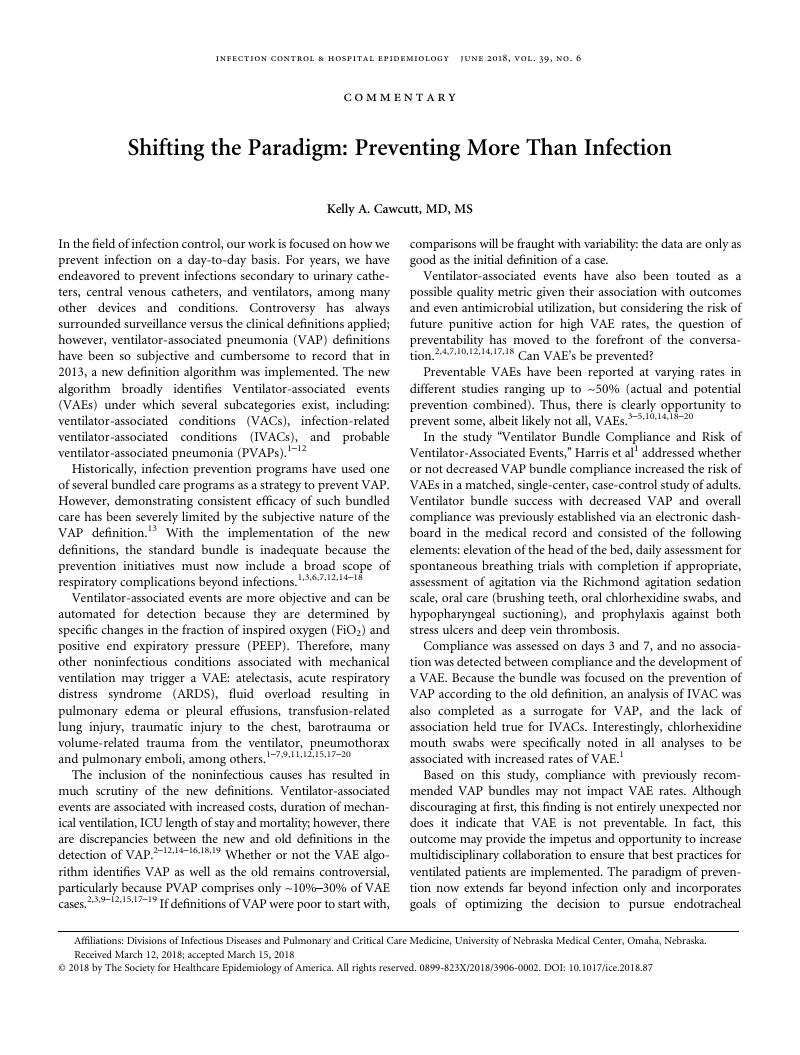Crossref Citations
This article has been cited by the following publications. This list is generated based on data provided by Crossref.
Klompas, M.
2019.
Barriers to the adoption of ventilator-associated events surveillance and prevention.
Clinical Microbiology and Infection,
Vol. 25,
Issue. 10,
p.
1180.
Singh, Chandni
and
Abdullah, Rashid
2024.
Impact of Ventilator-Associated Pneumonia Preventative Measures and Ventilator Bundle Care in a Tertiary Care Hospital’s Adult Intensive Care Unit.
Cureus,



